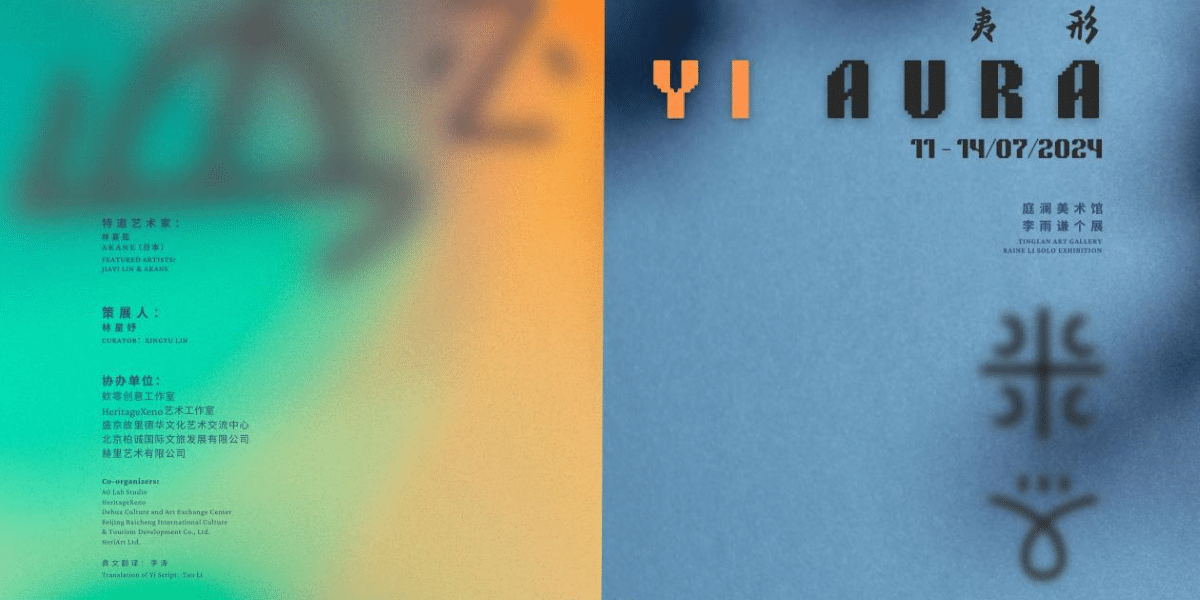Dystopian films have captivated audiences for decades, offering a blend of science fiction, social commentary, and thrilling narratives. These films depict grim futures and often serve as cautionary tales, exploring the consequences of societal and technological advancements. This article examines why dystopian films are popular, highlighting their appeal, underlying themes, and cultural significance.
The Appeal of Dystopian Films
Dystopian films are known for their engaging and often intense storylines. They transport viewers to worlds where societal norms are challenged, creating a sense of suspense and intrigue. The high stakes and dramatic plots keep audiences on the edge of their seats, eager to see how characters navigate their bleak realities.
Despite their futuristic settings, dystopian films address themes that are highly relatable to contemporary audiences. Issues such as government control, environmental degradation, and social inequality resonate with viewers, making the narratives both thought-provoking and relevant. These themes reflect real-world concerns, providing a platform for audiences to explore complex issues in a fictional context.
Dystopian films often feature stunning visual effects and imaginative world-building. From decaying urban landscapes to advanced technological societies, these films create visually striking environments that captivate viewers. The meticulous attention to detail and innovative special effects contribute to the immersive experience, making dystopian worlds feel tangible and realistic.
Underlying Themes in Dystopian Films
Dystopian films frequently serve as a critique of current social and political issues. They explore the potential consequences of unchecked power, authoritarian regimes, and loss of individual freedoms. By exaggerating these elements, dystopian films prompt viewers to reflect on the state of their own society and the direction it might be heading.
Many dystopian films delve into the impact of technological advancements on society. They raise questions about the ethical implications of emerging technologies, such as artificial intelligence, surveillance, and genetic engineering. These films often highlight the potential dangers of relying too heavily on technology, serving as a cautionary tale about the balance between progress and human values.
Amidst the bleak settings, dystopian films often emphasize themes of human resilience and hope. Characters in these films struggle against oppressive systems, showcasing the strength of the human spirit and the desire for freedom and justice. This focus on perseverance and the potential for positive change resonates with audiences, providing a sense of optimism despite the grim circumstances.
Cultural Significance
Reflecting Societal Anxieties
Dystopian films reflect societal anxieties and fears, offering a mirror to contemporary concerns. They tap into collective unease about issues such as climate change, political instability, and economic disparity. By presenting exaggerated versions of these problems, dystopian films allow audiences to confront their anxieties in a controlled and engaging manner.
Influencing Public Discourse
Dystopian films have the power to influence public discourse and raise awareness about critical issues. Films like “The Hunger Games,” “Blade Runner,” and “The Matrix” have sparked conversations about governance, technology, and personal freedoms. These films often inspire discussions about the direction society is heading and what can be done to avoid dystopian futures.
Artistic Expression
Dystopian films provide a unique platform for artistic expression. Filmmakers use the genre to explore creative and unconventional storytelling techniques, pushing the boundaries of visual and narrative art. This artistic freedom allows for innovative and thought-provoking cinema that challenges traditional norms and engages audiences on multiple levels.
Examples of Popular Dystopian Films
The Hunger Games
“The Hunger Games” series, based on the novels by Suzanne Collins, is a prime example of a dystopian narrative that has captured the public’s imagination. Set in a future where a totalitarian regime forces children to participate in deadly games, the films explore themes of oppression, resistance, and the impact of media on society. The series’ success highlights the appeal of dystopian stories that combine thrilling action with social commentary.
Blade Runner
“Blade Runner,” directed by Ridley Scott, is a seminal dystopian film that explores the ethical implications of artificial intelligence and biotechnology. Set in a future where synthetic humans, known as replicants, are created for labor, the film raises questions about identity, humanity, and the moral boundaries of technological advancement. Its enduring popularity underscores the timeless nature of its themes and the compelling vision of its dystopian world.
The Matrix
“The Matrix” trilogy, created by the Wachowskis, presents a dystopian future where humans are unknowingly trapped in a simulated reality created by intelligent machines. The films delve into themes of reality, freedom, and resistance, offering a complex and action-packed narrative. “The Matrix” has left a lasting impact on popular culture and continues to be a touchstone for discussions about technology and human autonomy.
Dystopian films remain popular due to their engaging storylines, relatable themes, and visual spectacle. They serve as a reflection of societal anxieties, a critique of current issues, and a platform for artistic expression. By exploring the potential consequences of technological and social developments, dystopian films provide a thought-provoking and immersive experience for audiences. As society continues to evolve, the genre will likely remain a vital and influential part of the cinematic landscape.
















